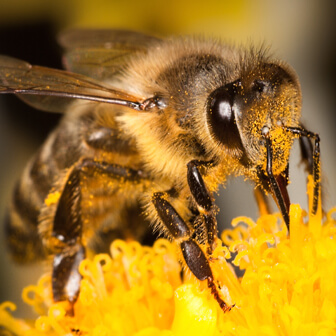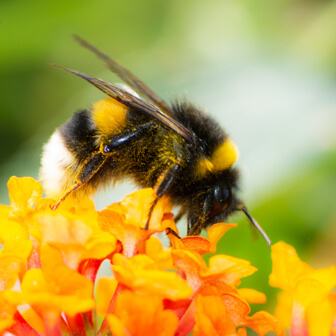- Call Us FreePress To Call Us
- 0800 046 3473 | 01727 789571
It’s easy to confuse wasps, hornets and bees if you don’t know what you’re looking for. Wasp Nest Removal Hertfordshire know what they’re looking for. After all, it’s vital to know your enemy!
There are loads of different species around the world, but Wasp Nest Removal Hertfordshire only concern themselves with the few species that are real pests to people in the UK.
All our technicians know the difference between bees, wasps and hornets. And that’s vital because as an endangered species, we’ll only remove bee nests if they present a real risk to humans. And we won’t touch honey bee nests without first consulting a beekeeper.
Knowing the habits and differences of each species helps Wasp Nest Removal Hertfordshire quickly gauge what kind of treatment your home or office needs to neutralise nests and wipe out the problem.
Here are the wasp and hornet species that Wasp Nest Removal Hertfordshire are trained to hunt down:
 The two most common culprits responsible for spoiling sunny summer days with their stings and their love of bright colours and sweet food and drink.
The two most common culprits responsible for spoiling sunny summer days with their stings and their love of bright colours and sweet food and drink.
The size of these wasps varies from anything between 1cm and 2cm. They have distinctive yellow and black body markings.
Queen wasps start off building every nest so they can lay their eggs and create workers who will continue the job of making the nest bigger and bigger.
These can be up to 4 times bigger than your average wasp, measuring up to 4cm in length.
Their body colouring is more orange and brown, compared to the yellow and black of a wasp.
Hornet nests are usually found in hollows of tree trunks, but they have been known to nest in houses, office buildings, sheds and garages, like wasps. Colonies can get as big as 700 strong.
Hornets can bite and sting at the same time, a double whammy that no one wants. They can also attack en masse to defend their nests. No one wants 700 angry hornets coming at them at once. That’s why it’s vital to call Wasp Nest Removal Hertfordshire and let the professionals handle your wasp or hornet problem.
Hornets won’t annoy you while you’re eating ice creams or other food outside. They like the taste of insects and tree sap.
We’ve all heard the news stories about how bees are under threat. Plenty of bee species are vital to the ecosystem, and we don’t want to be going around destroying their nests. They need protecting.
Wasp Nest Removal Hertfordshire know the difference between wasps, hornets and bees, so if you’re not sure, give us a call and we’ll quickly send out a Technician to check what kind of nest you’ve got. If it’s a bee nest, we will recommend the best course of action.
If you see a swarm of bees, contact the British Bee Keepers Association to find a Beekeeper near you.

These live in tree or wall cavities and roof spaces, including chimneys. About the same size as wasps, they are generally more black than yellow, and far more hairy than wasps.
Swarms tend to head for tree branches in colonies that can number up to 30,000. These are the bees kept by beekeepers because they can turn nectar from flowers into honey and beeswax.
The honey bee population is under threat, which is why if Wasp Nest Removal Hertfordshire diagnose your infestation as a honey bee problem, we will refer you to local beekeepers who will be happy to help.
These are much larger than honey bees and even hairier! They have dark rounded bodies with distinctive golden stripes across them.
A common sight in gardens across the UK during the summer, they can nest in low down places, usually holes in the ground or beneath sheds.
Similar in appearance to honey bees, this species gets its name because they live alone in sandy soil or holes in bricks. They feed on pollen and honey and don’t swarm and aren’t aggressive.
These bees get their name because they prefer to nest in natural holes and cracks and crevices in walls and masonry, especially ones that get a lot of sunlight.
Most commonly found in southern England, Mason bees are harmless and won’t attack you.
Seen a nest, or suspect you have a nest? Call Wasp Nest Removal Hertfordshire on 01727 789571